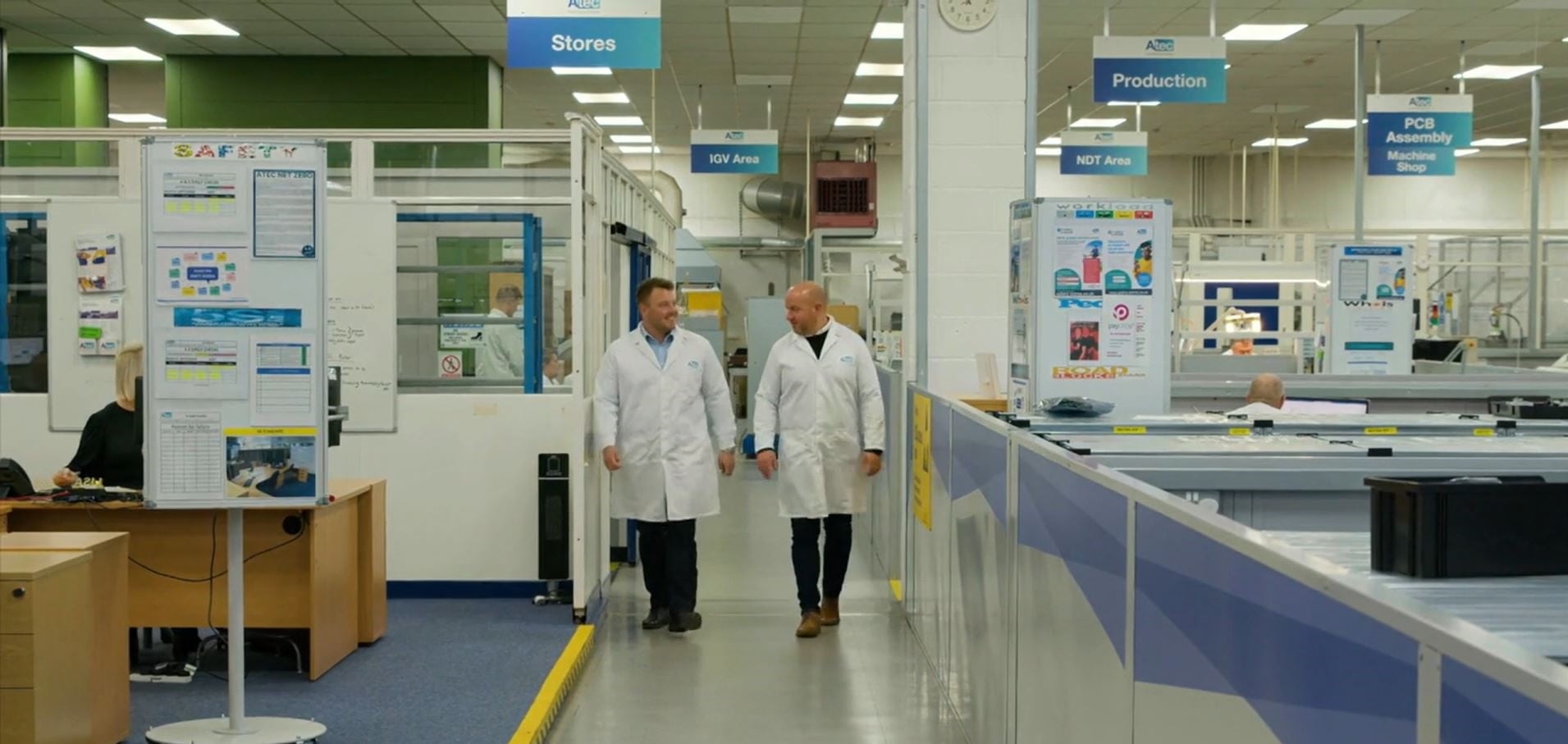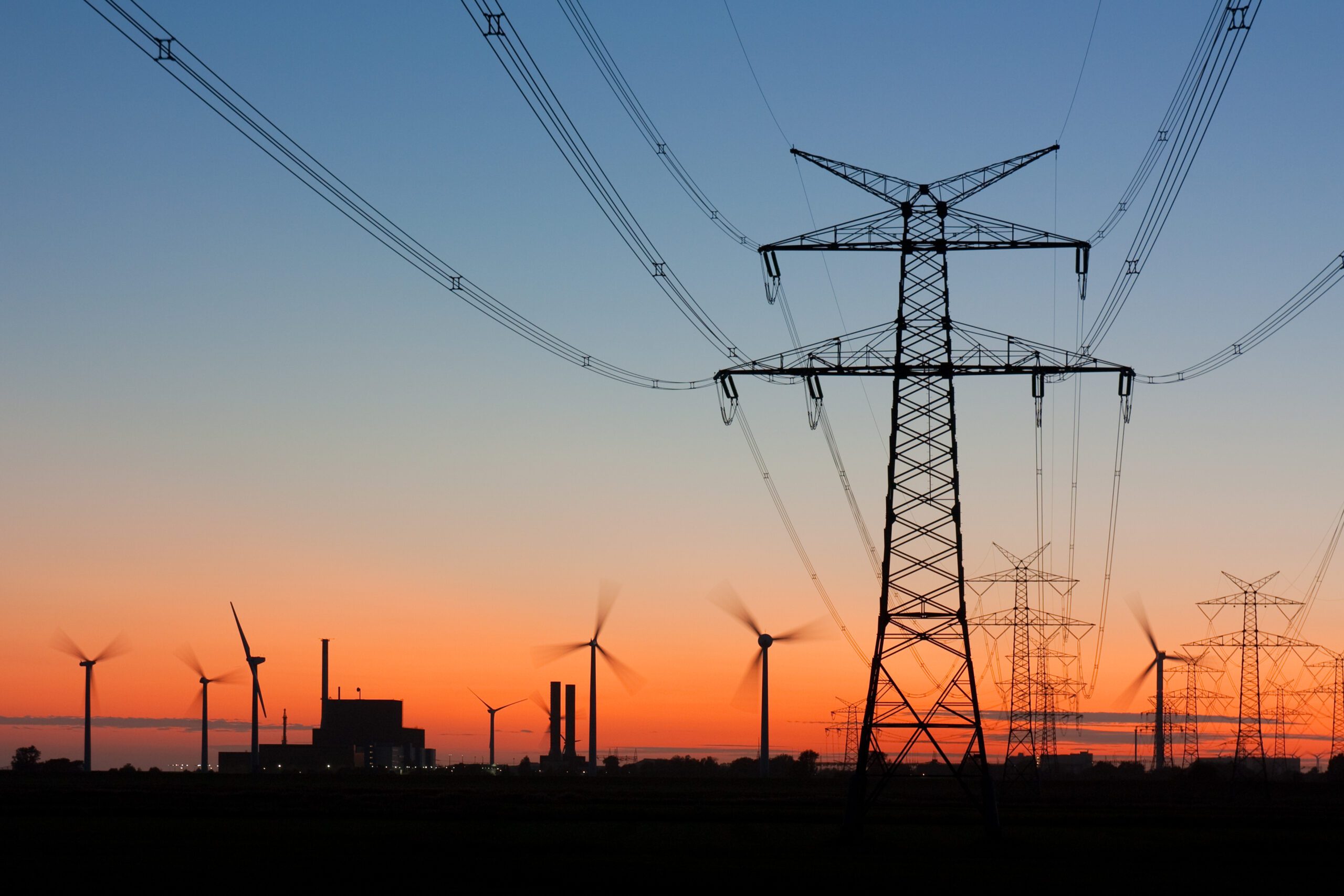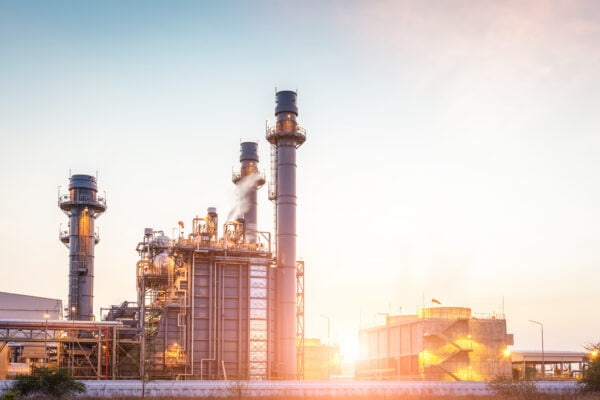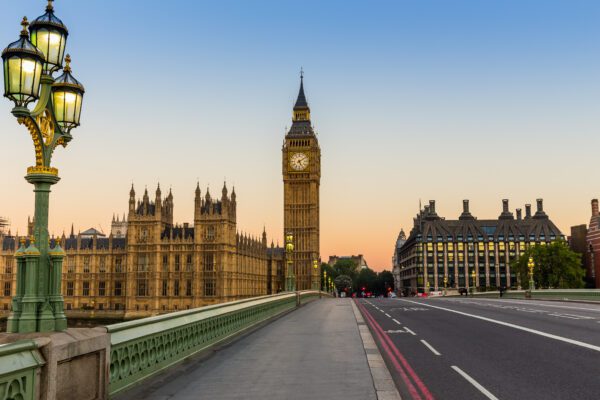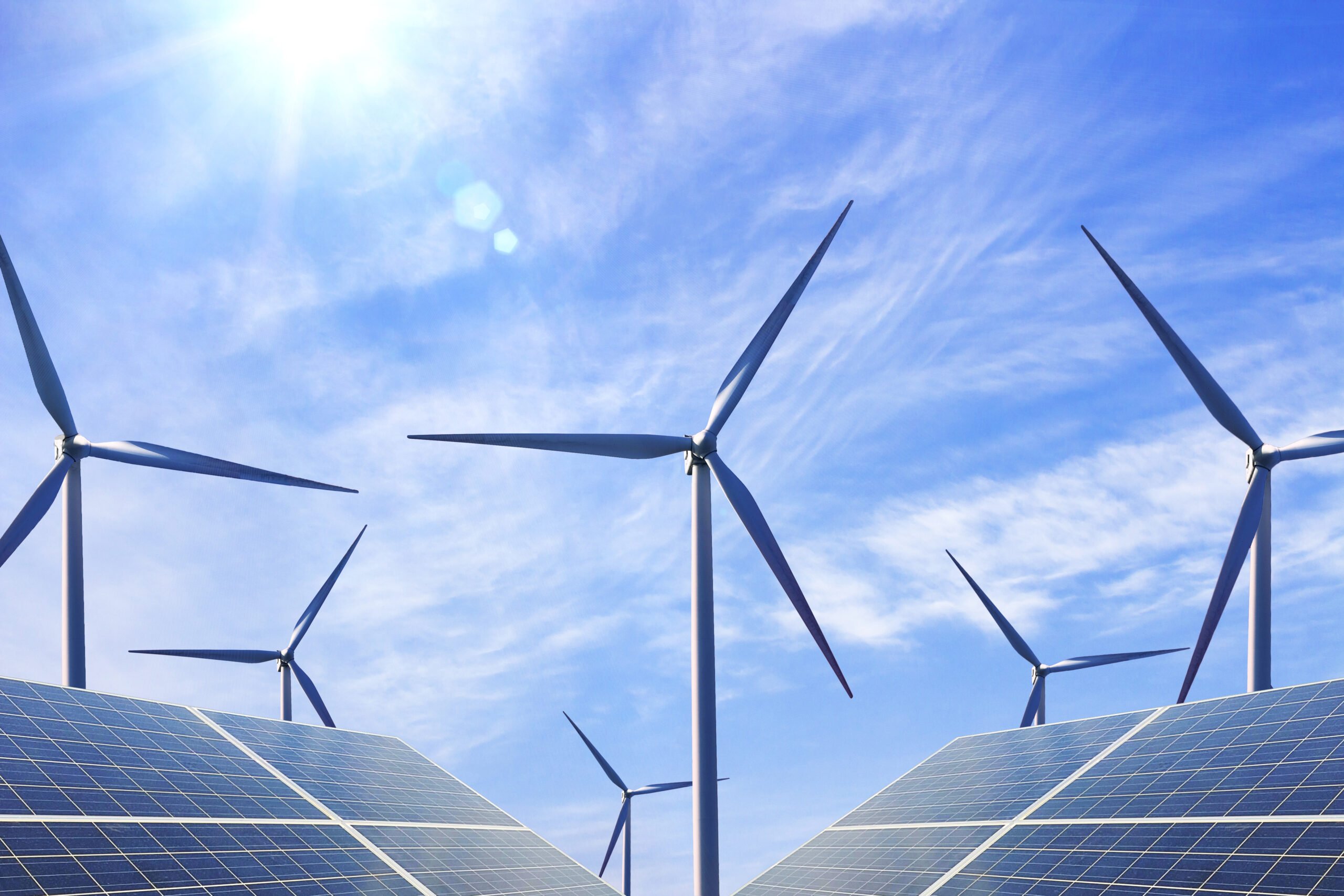
The Net-Zero Strategy Explained: What you need to know
The Government has published its long-awaited Net-Zero Strategy, which sets out their policies and proposals for decarbonising all sectors of the UK economy to meet our net-zero target by 2050.
The Government has published its long-awaited Net-Zero Strategy, which sets out their policies and proposals for decarbonising all sectors of the UK economy to meet our net-zero target by 2050. If your business has been waiting for this Strategy to provide further guidance for your own net-zero plans, here’s what you need to know.
The Net-Zero Strategy outlines the Government’s plans for decarbonising…
Our power system
Earlier this month, the Government confirmed that it will enshrine its new target of achieving a net-zero electricity system by 2035 into law. The Net-Zero Strategy revealed how they are planning to reach this goal, through measures such as reviewing the frequency of the CfD auctions in order to accelerate the deployment of low-cost renewable generation.
Offshore wind will also be critical to achieving this target, and the Strategy reiterates Boris Johnson’s pledge for the UK to host 40GW of offshore wind. It also refers to our new target of 1GW of floating offshore wind by 2030, with £380m in funding revealed to support this target.
Alongside support for new renewables, the Strategy also contains £120m in funding for a Future Nuclear Enabling Fund, which retains options for future nuclear technologies, including small nuclear reactors. The Government believes that these measures – alongside around £150-270bn in public and private investment – will support 59,000 jobs by 2024, and up to 120,000 jobs by 2030.
Heat and Buildings
With over 20% of the UK’s annual emissions created by heating buildings, it’s unsurprising that the Heat and Buildings Strategy was a key element of the Net-Zero Strategy.
Within the Strategy, the Government confirmed that they are aiming for all new heating systems installed in homes and businesses to be low-carbon from 2035. They intend to encourage homeowners to switch to low-carbon alternatives through their Boiler Upgrade Scheme, which will enable them to claim a grant of up to £5,000 to replace their gas or oil heating with a low-carbon heating system.
The Strategy didn’t contain any similar funding for the installation of heat pumps in businesses, although it did confirm that the Government aims to reduce emissions from public sector buildings by 75% by 2037. This will be supported by previously confirmed funding of £1.425bn through the Public Sector Decarbonisation scheme, which provides grants for public sector bodies to fund heat decarbonisation and energy efficiency measures.
They also announced that they will be launching a £60m innovation fund designed to encourage developers to design smaller, cheaper, more efficient heat pumps. The Government has also committed to working with developers to find new ways to reduce the running costs associated with heat pumps.
‘Warmer, greener buildings’ were also a priority within the Autumn Budget, in which the Chancellor announced business rate exemptions for eligible green technologies to support the decarbonisation of non-domestic buildings. Plant and machinery used for onsite renewable energy generation and storage will be exempt from business rates from 1st April 2023 until 31st March 2035.
Our transportation systems
The transport sector is the UK’s highest emitting sector, and in recent years, the rate of decarbonisation has slowed in this area. However, the Government has ambitious targets when it comes to decarbonising transport – this year, for example, they pledged to end the sale of new petrol and diesel cars by 2030, with all cars required to be zero-emissions capable by 2035.
Decarbonising such a heavily-emitting sector will require significant funding – which is why the Chancellor’s latest Budget contained £6.1bn in funding to reduce transport emissions. The Net-Zero Strategy signals where this funding will be allocated, with a significant proportion – £620 million – set aside to enhance our public electric vehicle (EV) infrastructure and provide drivers with access to grants to reduce the upfront costs of zero emissions vehicles.
Within the Strategy, it’s also clear that the Government is committed to making it easier for people to opt for low-carbon methods of travel. The Strategy includes a pledge to increase the average road vehicle occupancy by 2030 and the share of journeys taken by public transport, cycling and walking. The Government will also be investing over £12 billion in local transport systems over the current Parliament.
However, some of the announcements within the latest Budget could be seen to detract from these positive steps. Rishi Sunak announced that he would be cutting air passenger duty on domestic flights, for example, which seems to contradict the push to encourage lower-carbon forms of transport. And while many will welcome the extension to the fuel duty freeze as we’re currently facing record high fuel prices, this policy will continue to make it cheaper to drive petrol and diesel cars than low-carbon alternatives.
Our fuel supply
While electrification will be key to decarbonising energy-intensive areas such as heating and transportation, electrification is simply not viable or cost-effective in some scenarios, which means we cannot rely on electricity alone. We will therefore need to develop our supply of cleaner fuels in order to ensure that we can achieve net-zero.
Within the Net-Zero Strategy, the Government states that ‘the UK has a unique opportunity to be a leader in low carbon fuel production’, with strategies for achieving this (including a Biomass Strategy) set to be published next year. Hydrogen is the main focus when it comes to low carbon fuels, and the Strategy reiterates the Government’s target of reaching 5 GW of hydrogen production capacity by 2030.
The Government has already established an Industrial Decarbonisation and Hydrogen Revenue Support (IDHRS) scheme to fund new hydrogen and carbon capture clusters, and the Net-Zero Strategy contains a pledge that £140m will be provided to fund this scheme. They have also committed to finalising the Hydrogen Business Model and the Low Carbon Hydrogen Standard in 2022, as well as implementing the £240m Net-Zero Hydrogen Fund.
In developing our low-carbon fuel and CCS capacity, the Government is aiming to transform our fuel supply by 2050. Our oil and gas production is set to fall substantially, as investment in the North Sea will be pivoted to CCS and hydrogen, and processes that cannot be electrified will be powered by low-carbon fuels. This shift away from fossil fuels will protect businesses from volatile gas prices.
Organisations in heavy industry
The UK’s manufacturing and refining sector is another major source of the UK’s CO2 emissions, as it currently accounts for around 15% of our total emissions. And while the Industrial Decarbonisation Strategy (IDS) published earlier this year contained a clear decarbonisation roadmap for heavy industry, the Net-Zero Strategy contained further insights on the action manufacturers and refining companies will need to take to reach net-zero.
Importantly, the whole system modelling undertaken for the Net-Zero Strategy revealed that emissions associated with industry will need to drop by 87-95% by 2050 (compared to 2019). Around half of industrial emissions are concentrated in specific clusters – geographical areas with large concentrations of industry – and so the Government will focus on decarbonising these clusters first.
Within the Strategy, the Government outlines its plans to provide at least £14bn in public and private investment to develop four CCS clusters, which they expect to capture around 6 MtCO2 of industrial emissions (and 20-30 MtCO2 across the economy) per year by 2030. Hydrogen will also play a key role in decarbonising these heavy industry clusters, as the Government aims to replace around 50TWh of fossil fuels per year with lower-carbon fuels by 2035.
The Strategy also makes it clear that energy-intensive industries will need to prioritise resource and energy efficiency in order to play their part in reaching our net-zero target. The Government will encourage improved resource efficiency by implementing policies to inform consumers of the embodied carbon of the goods they are buying. They also intend to explore regulatory measures to drive greater uptake of energy efficiency measures among heavy industry organisations.
Stay in-the-know with our expert updates
At Inspired, we know how important it is for energy professionals to have insight into the energy market, because it helps you to make well-informed decisions for your business. But when you’re busy focusing on your organisation, it can be hard to find the time to keep up-to-date with the ever-changing energy landscape – which is why our experts are always ready to share their industry knowledge with you.
With COP26 well underway, we know that many of you will be keen to understand what’s happening – so our experts will be providing daily updates, blogs and insights to ensure you don’t miss out on anything that might be important for your business. Sign up for our COP26 insights today over on our COP26 Hub.




